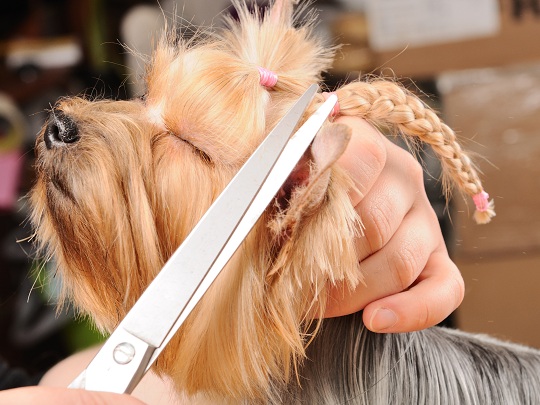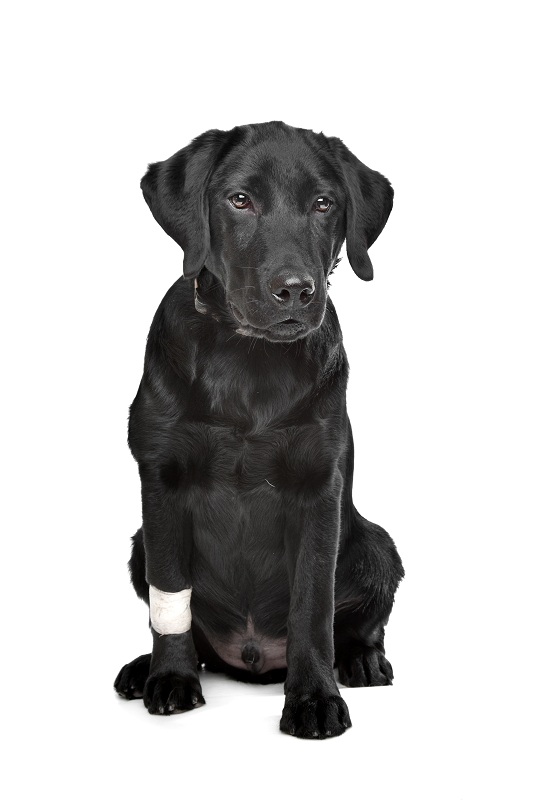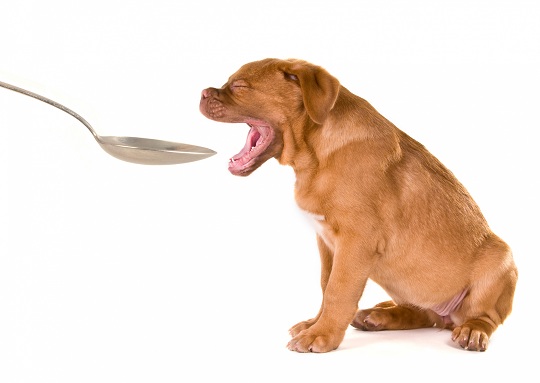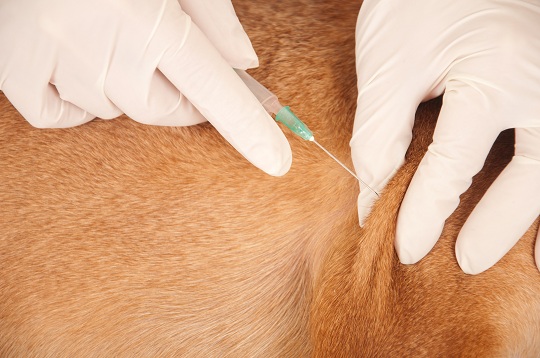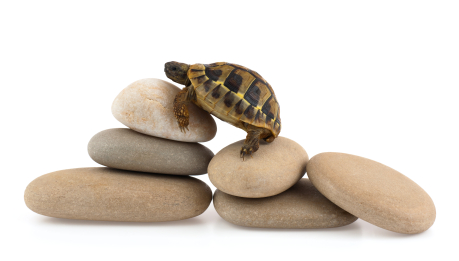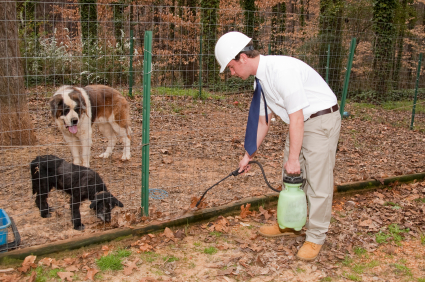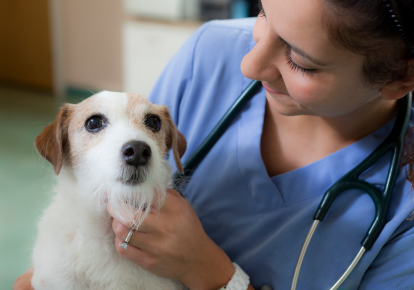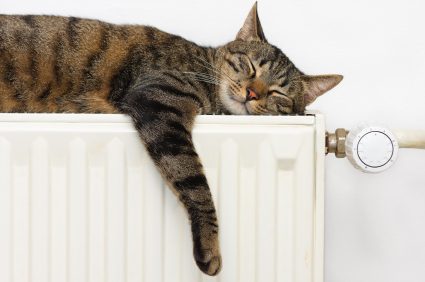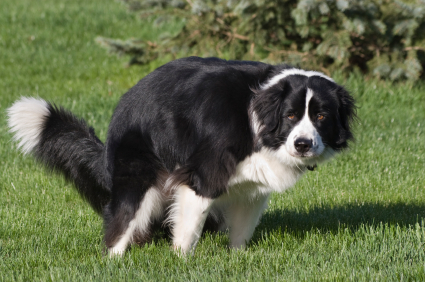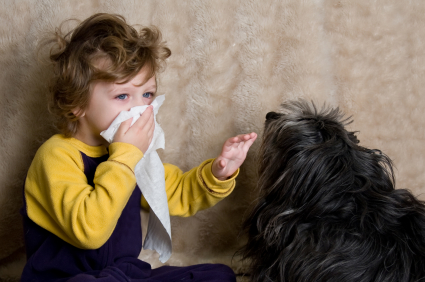Grooming your dog can be a difficult process depending on what kind of hair your dog has. It can be more difficult if your dog is a long-haired pup versus a short haired dog. However some things stay the same regardless of the breed of dog you have.
Grooming Your Dog
1. Start brushing at the top of your dog’s head, but be gentle when you do this. When you’re grooming the head you should remember that the skin and hair around a dog’s face are very sensitive.
If your dog has long hair, put your fingers behind the long hair and comb it. Make sure that your dog’s skin is protected from the comb. For your short-haired dog, use a soft slicker brush made for the face. This will be gentle enough not to irritate your dog.
2. Long-haired dogs tend to have long ear hair. If you need to brush this out as well, put your hand between the comb and your dog’s skin. If it’s matted or knotty, use a washcloth that has been dipped in de-tangler solution. This will help get the tangles out. If they’re too big, you might have to use clippers.
3. Smooth the fur on your dog’s neck. Use the soft slicker brush to brush out any knots. If your dog has a lot of fur around the neck, try using a comb.
If your long-haired dog needs its legs brushed, you’ll have to comb it out since it tends to tangle often.
4. Brush the dog’s belly. Once again, you should use the soft slicker brush to brush out any knots. A Note of Caution: This is another area of the dog that’s very sensitive.
5. Brush the back of the dog. This will be the easiest part, especially compared to the dog’s rear end. When brushing the rear end of a dog, make sure to use a slicker brush at first to test out how your dog feels about being brushed back there. Be very careful as this is another sensitive area.
6. If your dog has a long furry tail you’ll need to comb that out as well.
Now you’re done!
Additional Help
If you need more help grooming your dog, or if your dog is sick, in need of vaccinations, or just needs a checkup, just use TalkLocal! We will connect you with up to three veterinarians or dog groomers in your area within minutes!

